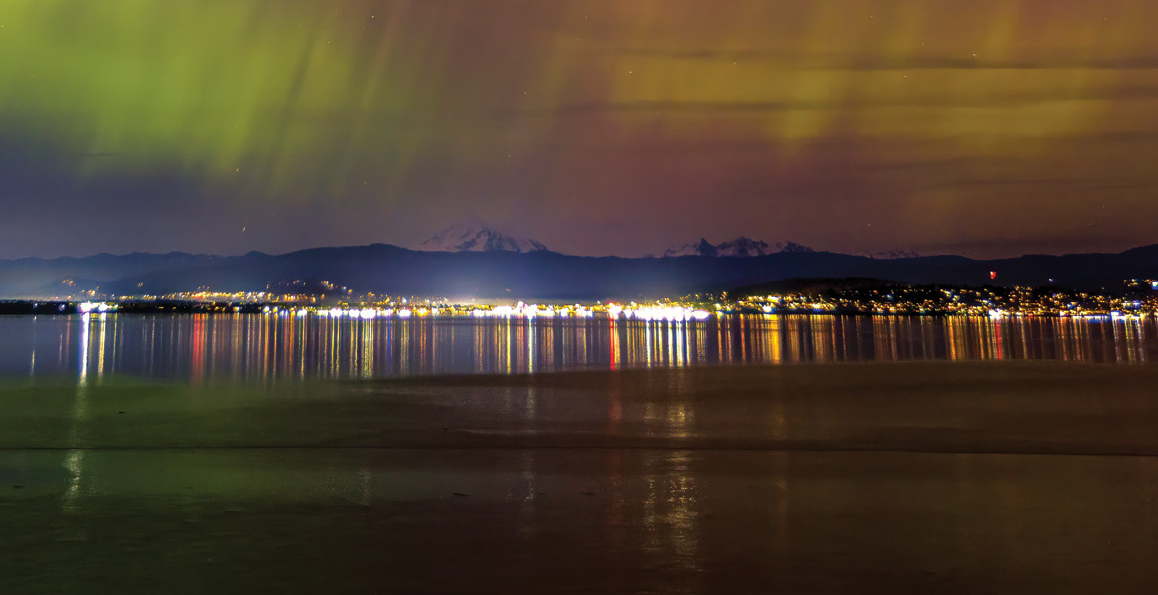Solar and Space Physics for the Nation: An Overview of the 2024–2033 Decadal Survey (2025)
Chapter: Front Matter

Solar and Space Physics for the Nation
An Overview of the 2024–2033 Decadal Survey

Decadal surveys of the National Academies of Sciences, Engineering, and Medicine bring together leading experts to identify a field’s most compelling science challenges and frontiers for the next decade and beyond. Decadal surveys inform federal investments in research, facilities, and spaceflight missions; recommend research priorities; and address critical needs related to technology development, education, interagency coordination, and international cooperation. This booklet highlights key themes and recommendations from the 2025 decadal survey for solar and space physics, The Next Decade of Discovery in Solar and Space Physics: Exploring and Safeguarding Humanity’s Home in Space (available online at https://nap.nationalacademies.org/catalog/27938).
The solar and space physics decadal survey was a grand undertaking, involving approximately 80 scientists, engineers, and policy experts. These volunteers, who served on the steering committee, or one of five supporting study panels, collectively reviewed 450 input papers and engaged with the solar and space physics community at numerous in-person and virtual meetings during a deliberative process spanning more than 2 years. The resulting report generated recommendations for a comprehensive vision and strategy for a decade of transformative science at the frontiers of solar and space physics research, while also providing the foundation to make substantial enhancements in the ability to predict space weather.
STEERING COMMITTEE
STEPHEN A. FUSELIER (NAS), Southwest Research Institute, Co-Chair
ROBYN M. MILLAN, Dartmouth College, Co-Chair
FRANCES BAGENAL (NAS), University of Colorado Boulder
TIMOTHY S. BASTIAN, National Radio Astronomy Observatory
SARBANI BASU, Yale University
RICHARD DOE, Cornell Technical Services, LLC
EILEEN DUKES, Interplanetary Horizons
SCOTT L. ENGLAND, Virginia Polytechnic Institute and State University
ALLISON N. JAYNES, University of Iowa
DANA W. LONGCOPE (NAS), Montana State University, Bozeman
TOMOKO MATSUO,1 University of Colorado Boulder
VIACHESLAV G. MERKIN, Johns Hopkins University Applied Physics Laboratory
DANIEL MÜLLER, European Space Agency
TERRANCE G. ONSAGER, National Oceanic and Atmospheric Administration (retired)
TAI D. PHAN, University of California, Berkeley
TUIJA PULKKINEN (NAS), University of Michigan, Ann Arbor
LIYING QIAN, National Center for Atmospheric Research
MARILIA SAMARA, NASA Goddard Space Flight Center
JOSHUA SEMETER, Boston University
ENDAWOKE YIZENGAW, The Aerospace Corporation
GARY ZANK (NAS), University of Alabama in Huntsville
STAFF
ARTHUR CHARO, Senior Program Officer, Study Director
ABIGAIL SHEFFER, Senior Program Officer, Study Director
COLLEEN N. HARTMAN, Senior Board Director, Space Studies Board, Aeronautics and Space Engineering Board, and Board of Physics and Astronomy (through May 15, 2025)
ARUL MOZHI, Associate Board Director (Acting Board Director from May 16, 2025)
COL. GEORGE COYLE, Senior Program Officer
CHRISTOPHER J. JONES, Senior Program Officer
MIA BROWN, Research Associate
MEGAN CHAMBERLAIN, Senior Program Assistant (until April 5, 2024)
DIONNA WISE, Program Coordinator
The Space Studies Board and the Aeronautics and Space Engineering Board are units of the National Academies, which provide independent, objective analysis and advice to the nation and conduct other activities to solve complex problems and inform public policy decisions. The National Academies also encourage education and research, recognize outstanding contributions to knowledge, and increase public understanding in matters of science, engineering, and medicine.
Support for this publication was provided by Contracts 80HQTR22DA001/80HQTR23FA022 and NNH17CB02B/80HQTR22F0051 with the National Aeronautics and Space Administration, Grant 2202035 with the National Science Foundation, Contract WC133R17CQ0031/1305M321FNRMA0163 with the National Oceanic and Atmospheric Administration, and award number FA9550-22-1-0529 with the Air Force Office of Scientific Research.
Cover: Scenic view of the sea against the sky at night in Bellingham, Washington. Photographer: Mark Joseph.
Copyright 2025 by the National Academy of Sciences. All rights reserved.
Printed in the United States of America.
___________________
1 Resigned on June 25, 2023.

